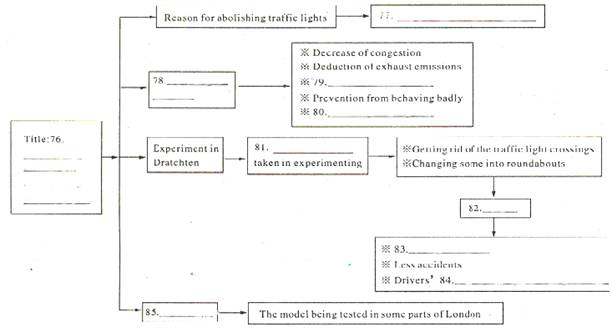题目内容
There are various ways in which individual economic units can interact with one another. Three basic ways may be described as the market system, the administered system, and the traditional system.
In a market system individual economic units are free to interact among each other in the marketplace. It is possible to buy commodities from other economic units or sell commodities to them. In a market, transactions may take place via barter or money exchange. In a barter economy, real goods such as automobiles, shoes, and pizzas are traded against each other. Obviously, finding somebody who wants to trade my old car in exchange for a sailboat may not always be an easy task. Hence, the introduction of money as a medium of exchange eases transactions considerably. In the modern market economy, goods and services are bought or sold for money.
An alternative to the market system is administrative control by some agency over all transactions. This agency will issue commands as to how much of each good and service should be produced, exchanged, and consumed by each economic unit. Central planning may be one way of administering such an economy. The central plan, drawn up by the government, shows the amounts of each commodity produced by the various firms and allocated to different households for consumption. This is an example of complete planning of production, consumption, and exchange for the whole economy.
In a traditional society, production and consumption patterns are governed by tradition; every person’s place within the economic system is fixed by parentage, religion, and custom. Transactions take place on the basis of tradition, too. People belonging to a certain group or caste(阶级) may have an obligation to care for other persons, provide them with food and shelter, care for their health, and provide for their education. Clearly, in a system where every decision is made on the basis of tradition alone, progress may be difficult to achieve. An inactive society may result.
【小题1】What is the main purpose of the passage?
| A.To outline contrasting types of economic systems. |
| B.To explain the science of economics. |
| C.To argue for the superiority of one economic system. |
| D.To compare barter and money-exchange markets. |
| A.valuable | B.concrete | C.absolute | D.reliable |
| A.rapid speed of transactions | B.misunderstandings |
| C.inflation | D.difficulties for the traders |
| A.Individual households. | B.Small businesses. |
| C.Major corporations. | D.The government. |
| A.Family background | B.Age |
| C.Religious beliefs. | D.Custom |
【小题1】A
【小题1】B
【小题1】D
【小题1】D
【小题1】B
解析【小题1】主旨题:从文章第一段的主题句Three basic ways may be described as the market system, the administered system, and the traditional system. 可知文章主要对比三种不同的经济体系.选A
【小题1】猜词题:从单词后面的例子:such as automobiles, shoes, and pizzas are traded against each other.说明答案是B,具体的.
【小题1】推理题:从第二段的句子:Obviously, finding somebody who wants to trade my old car in exchange for a sailboat may not always be an easy task.说明会产生困难.选 D
【小题1】细节题:从第三段的句子:The central plan, drawn up by the government, shows the amounts of each commodity produced by the various firms and allocated to different households for consumption.说明管理系统中政府有最大的控制权.选D
【小题1】排除题:从最后一段的句子In a traditional society, production and consumption patterns are governed by tradition; every person’s place within the economic system is fixed by parentage, religion, and custom.可知 B不在内.

 阅读快车系列答案
阅读快车系列答案